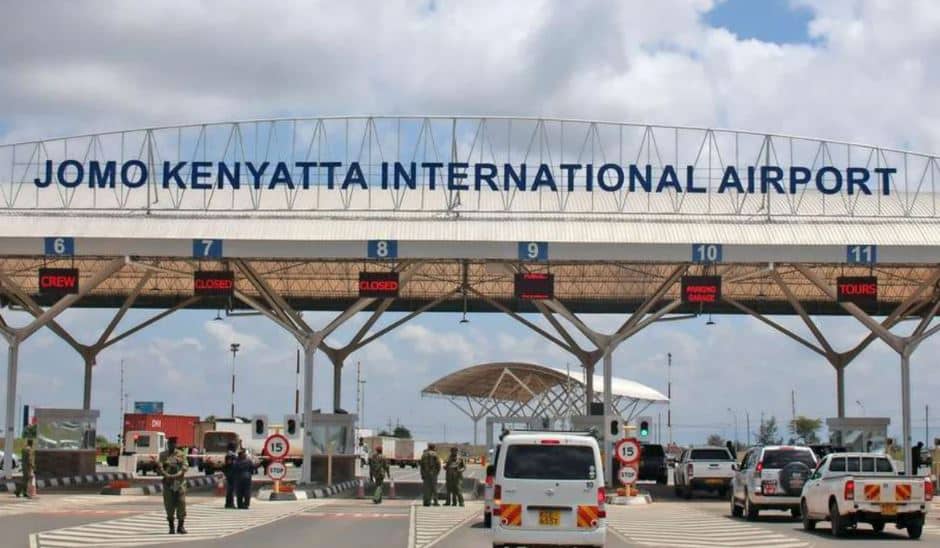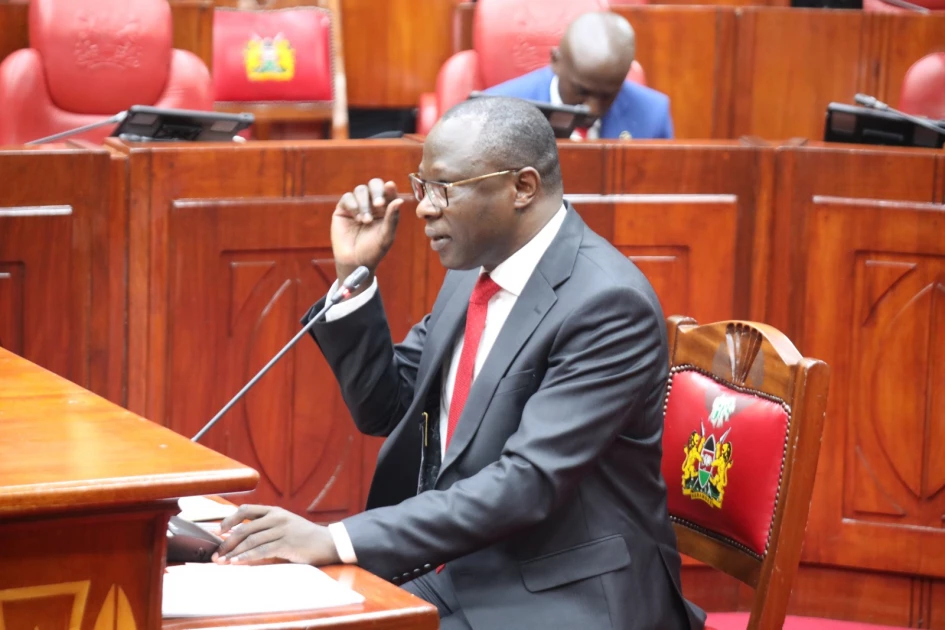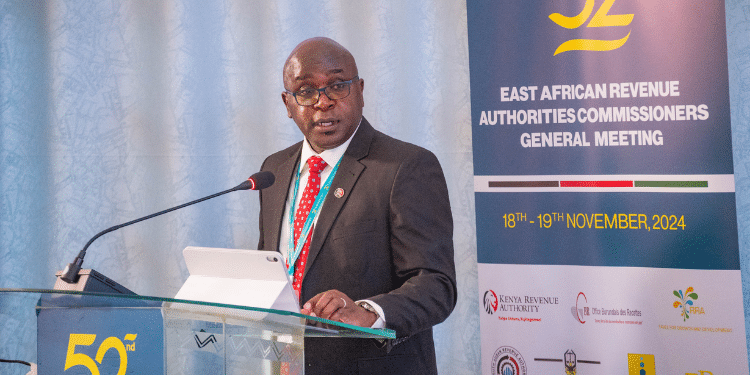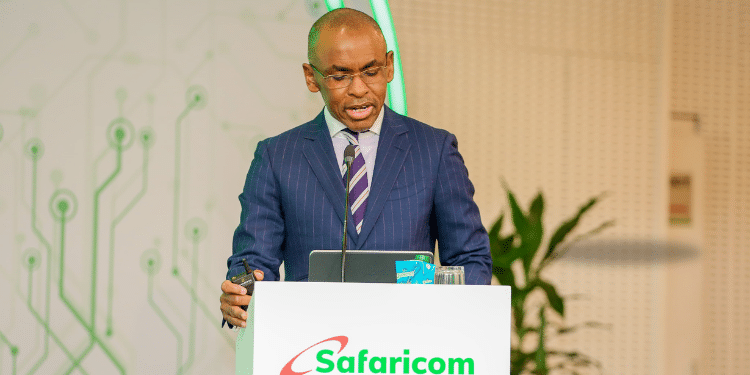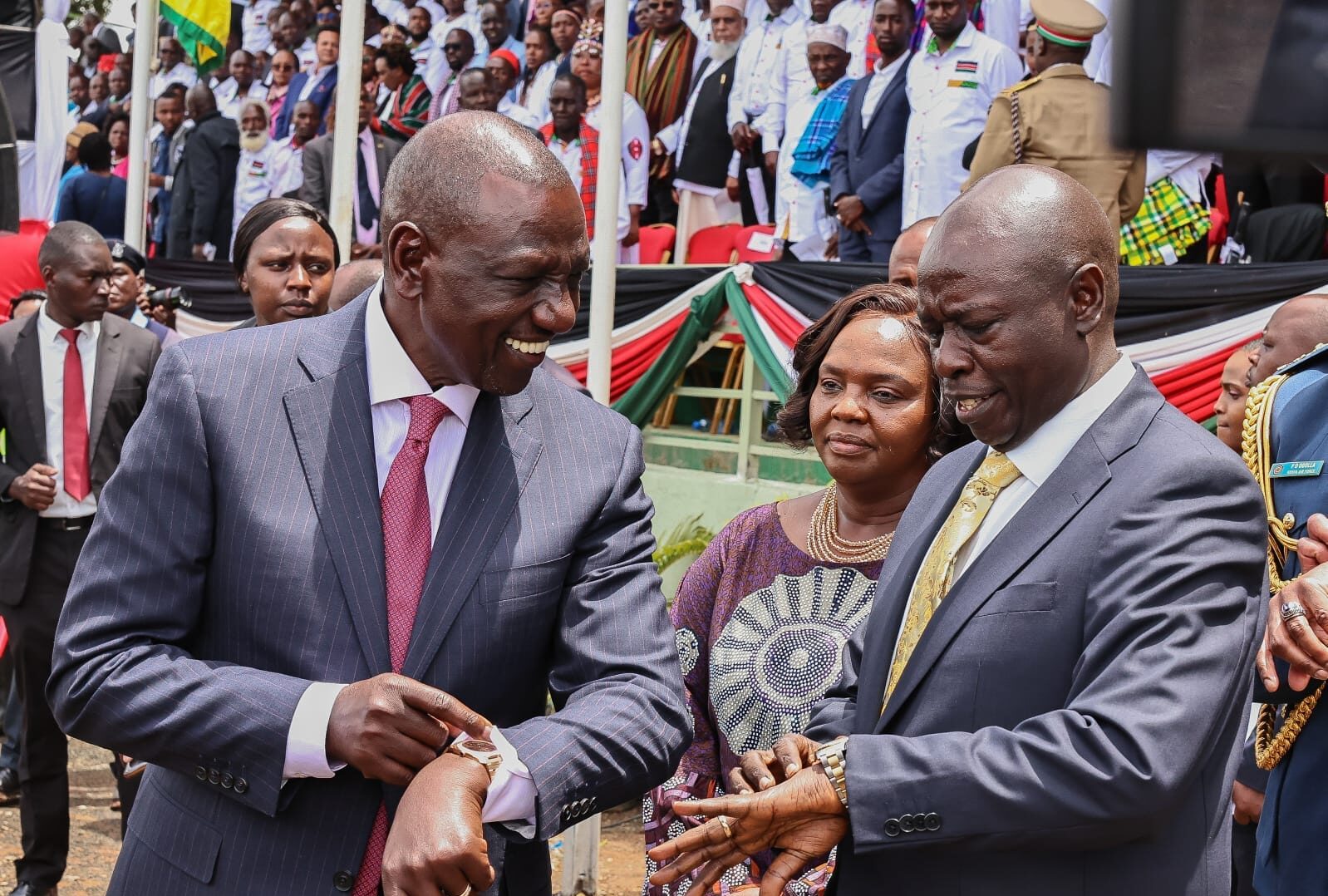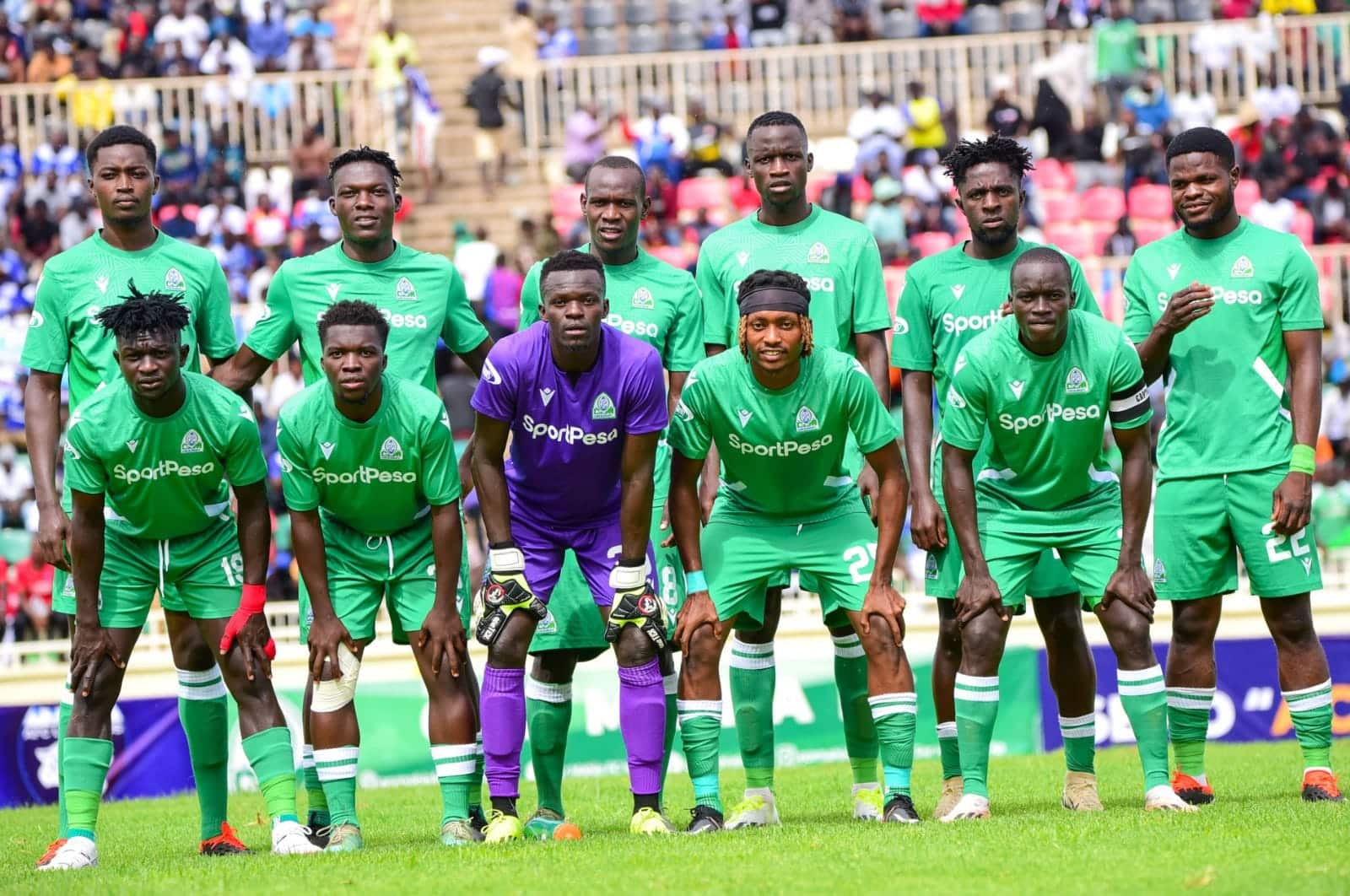Pay slips of Kenyan employees are set to change once again starting February 2025 following ongoing reforms to the National Social Security Fund (NSSF) contribution rates that started in February 2023.
The National Social Security Fund Act, 2013 which governs contributions to the Social Security Fund has undergone several amendments in recent years.
The Act stipulates that all individuals subject to the Employment Act, who are 18 years or older and have not yet reached retirement age, contribute 6% of their pensionable earnings to the Fund.
This contribution is notably shared equally between the employee and employer.
Some of the key changes to the Act included the introduction of increased contribution rates and the expansion of the contribution base to include workers in the informal sector, as well as the creation of a two-tier system for contributions.
The Act established two levels of contributions: Tier I and Tier II. Tier I contributions are for pensionable earnings up to the Lower earnings limit, while Tier II (upper limit) contributions apply to earnings above that limit.
Note that therefore, Tier II is calculated by subtracting an employee’s salary limit from the Tier I limit.
For example, if an employee earns Ksh30,000 their Tier II limit is calculated as Ksh30,000 minus Tier I limit.

Understanding NSSF Tiers
Tier I contributions are paid directly to the NSSF, while employers have the option to direct Tier II contributions to a contracted-out scheme (private pension funds) of their choice or set up which may result to better returns for that employee.
However, there has to be a threshold of 6% minimum NSSF contribution even if such an arrangement is done.
In 2023, the first Ksh6,000 of an employee’s salary would be placed into Tier I and up to Ksh18,000 in Tier II.
The contributions then went up to Ksh7,000 for Tier I and Ksh36,000 for Tier II in 2024 following the second phase of the increased rates.
February 2025’s adjustment marks the third phase of the phased implementation of the NSSF Act of 2013, which aims to enhance retirement benefits for workers by gradually increasing contribution rates over a five-year period.
NSSF contributions using the new rates are expected to take effect in February’s payroll and going forward, meaning Kenyan employees will see changes in their pay slips.
Also Read: Relief as John Mbadi Explains Why Govt Won’t Increase Taxes in 2025
For the third phase of the increased contribution rates, Tier I went up to Ksh8,000 while the upper limit of Tier II is Ksh72,000.
In 2026, the rates are set to shoot even higher to Ksh9,000 and Ksh108,000 for Tiers I and II respectively.
Contributions starting February 2025
Before the new rates took effect in February 2025, the maximum Tier I contribution for Kenyan employees was up to Ksh7,000 which was attracting a 6% deduction of Ksh420.
Note that Tier II is calculated by subtracting an employee’s salary limit from the Tier I limit.
This means that Tier II limit for an employee earning Ksh36,000 monthly was Ksh29,000 (Ksh36,000-Ksh7,000).
A 6% deduction of the Ksh29,000 (Ksh1,720) brought the total contributions to Ksh2,160 (Ksh420+Ksh1720).
Also Read: Non-Salaried Kenyans to Begin Paying NSSF Monthly Deductions
However, this is set to change starting February as the upper limit is rising to Ksh72,000 from Ksh36,000 and Ksh8,000 from Ksh7,000 for Tier I.
This means that a 6% contribution of Ksh8,000 for Tier I will be Ksh480.
For Tier II, subtracting the employee’s salary limit from Tier I brings it to Ksh64,000 (Ksh72,000 – 8,000).
This means that a 6% deduction of the Ksh64,000 will be at Ksh3,840 which brings the total deduction to Ksh4,320 (Ksh480+Ksh3840).
For an employee earning a salary of Ksh80,000 (beyond the Ksh72,000 Tier I limit) Tier I contributions will remain at Ksh480 while Tier II will not go beyond 6% of 72,000 (Ksh80,000 – Ksh8,000) meaning such an employee will save a total of Ksh8,640 (Ksh4320 X 2).
For someone earning a salary of Ksh50,000, their contributions will be as follows:
In Tier I, they shall contribute Ksh480 (6% of Ksh8,000) and Ksh2,520 (6% of Ksh50,000-Ksh8,000) for Tier II which brings it to a total of Ksh3,000.
Note that the employer is supposed to match the same contributions for both tiers bringing the total amount of savings by the employee to Ksh6,000 (Ksh960 for Tier I and Ksh5040 for Tier II).
This is as compared to the total amount of Ksh4,320 (Ksh,2160 X 2) which was being saved by an employee earning Ksh50,000 up to January.
For someone earning a Ksh40,000 their contributions will be as follows:
In Tier I they shall contribute Ksh480 (6% of Ksh8,000) and Ksh1,920 in Tier II (6% of Ksh40,000-Ksh8,000) bringing the total contribution by the employee to Ksh2,400.
When the employer matches the contributions, this brings the total savings by the employee to Ksh4,800, up from Ksh4,320 (Ksh2160 X 2) which was being saved up to January.
Remittance to NSSF should be made by the 9th day of each subsequent month.
Follow our WhatsApp Channel and join our WhatsApp Group for real-time news updates




